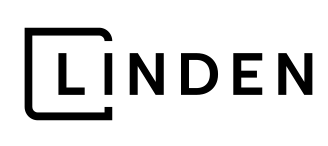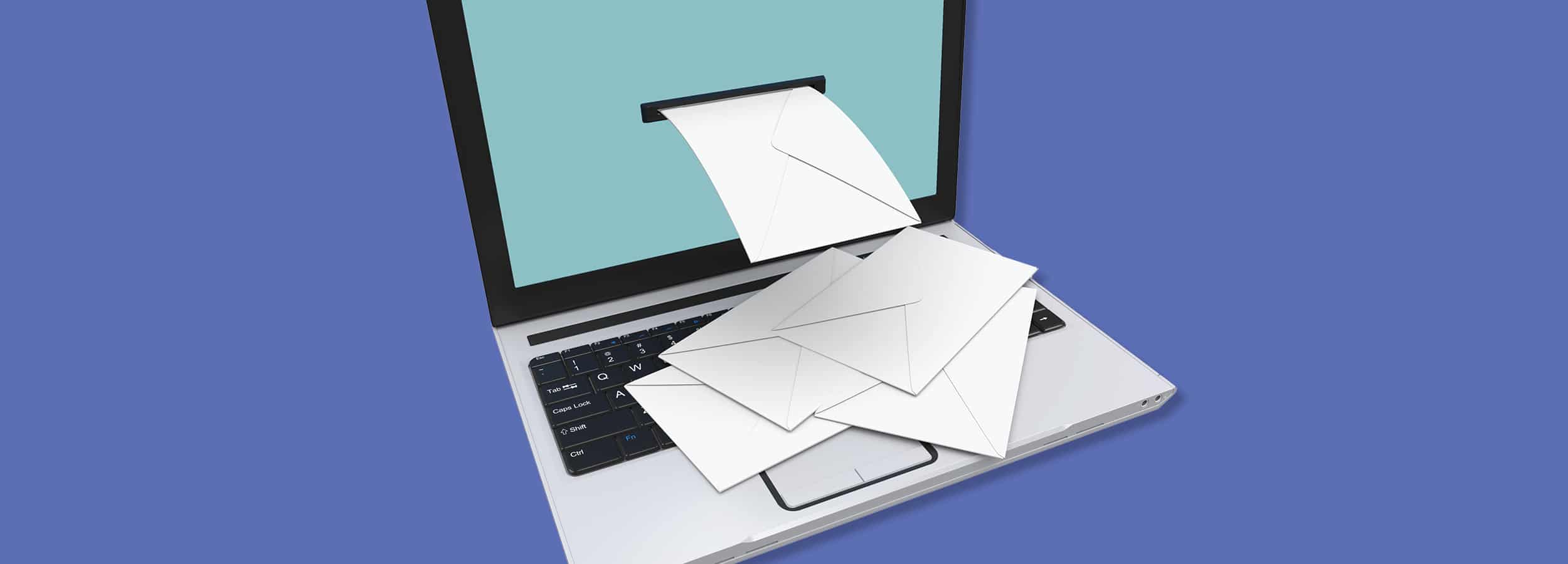
I read a lot of emails. Newsletters, primarily. And by choice, if you can believe it. It’s part of my before-the-rest-of-the-house-wakes-up morning routine: Earl Grey tea, protein bar, scrolling through my inbox for news and industry updates (and maybe a little gossip), then off and running for the day.
A large part of the value in getting news and other stories this way, for me, is that I don’t have to go looking for it. The writers have done the research, contacted sources, provided a synopsis and external links if they’re beneficial, and they deliver it all to me – at 4:30am and throughout the day. By subscribing to multiple newsletters from a variety of organizations, the information I receive is balanced, subjective (mostly), and the stories, tips and updates that they choose to share are diverse, because each pulls from their own pillars of interest, knowledge and experience. Personally, I feel more informed about the marketing world and what’s going on outside of my personal bubble because of the emails that arrive in my inbox.
My own experience aside, this is an illustration of the benefits of a good email newsletter for an end reader.
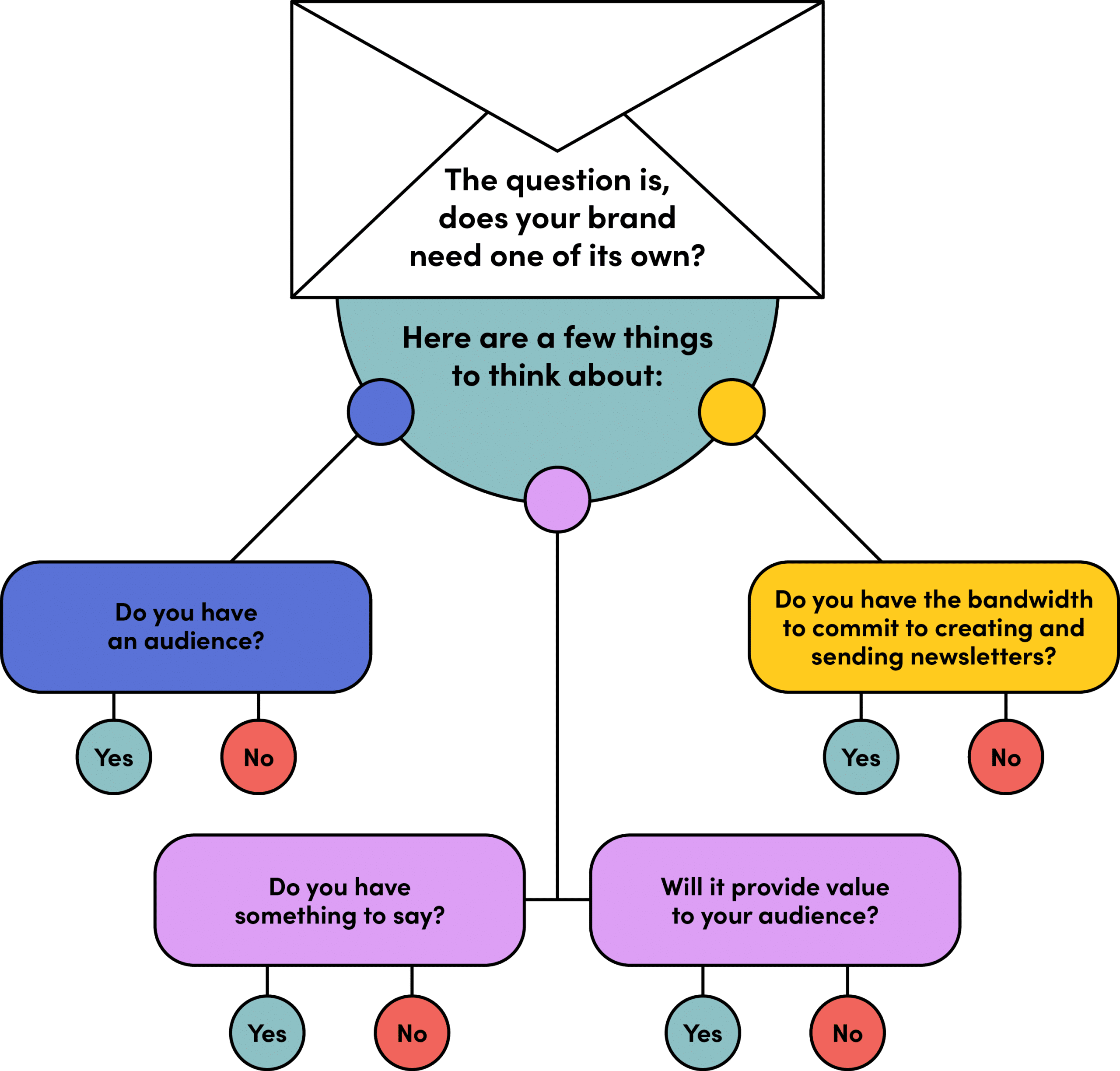
If you answered yes to these, then it’s also a yes that your brand should have a newsletter of its own.
Consider this: in an era of social media marketing, where algorithms rule what your followers see, and where feeds are absolutely saturated with content, an email newsletter is like a personal touch; a way to directly reach out to your audience, where you’re in control of how they see your content.
Let’s Talk About Your Audience
Whose inbox are you dropping into? Because it can’t be everybody. The trick is to find a specific audience that’s already engaged in your subject. For instance, I read newsletters about marketing, but they’re not all the same. One focuses on creator marketing, another is only social media, one is about the psychology of marketing, etc. I open, read and click through these newsletters because I’m part of an audience that’s engaged in the specific topics they’re discussing in my day-to-day life.
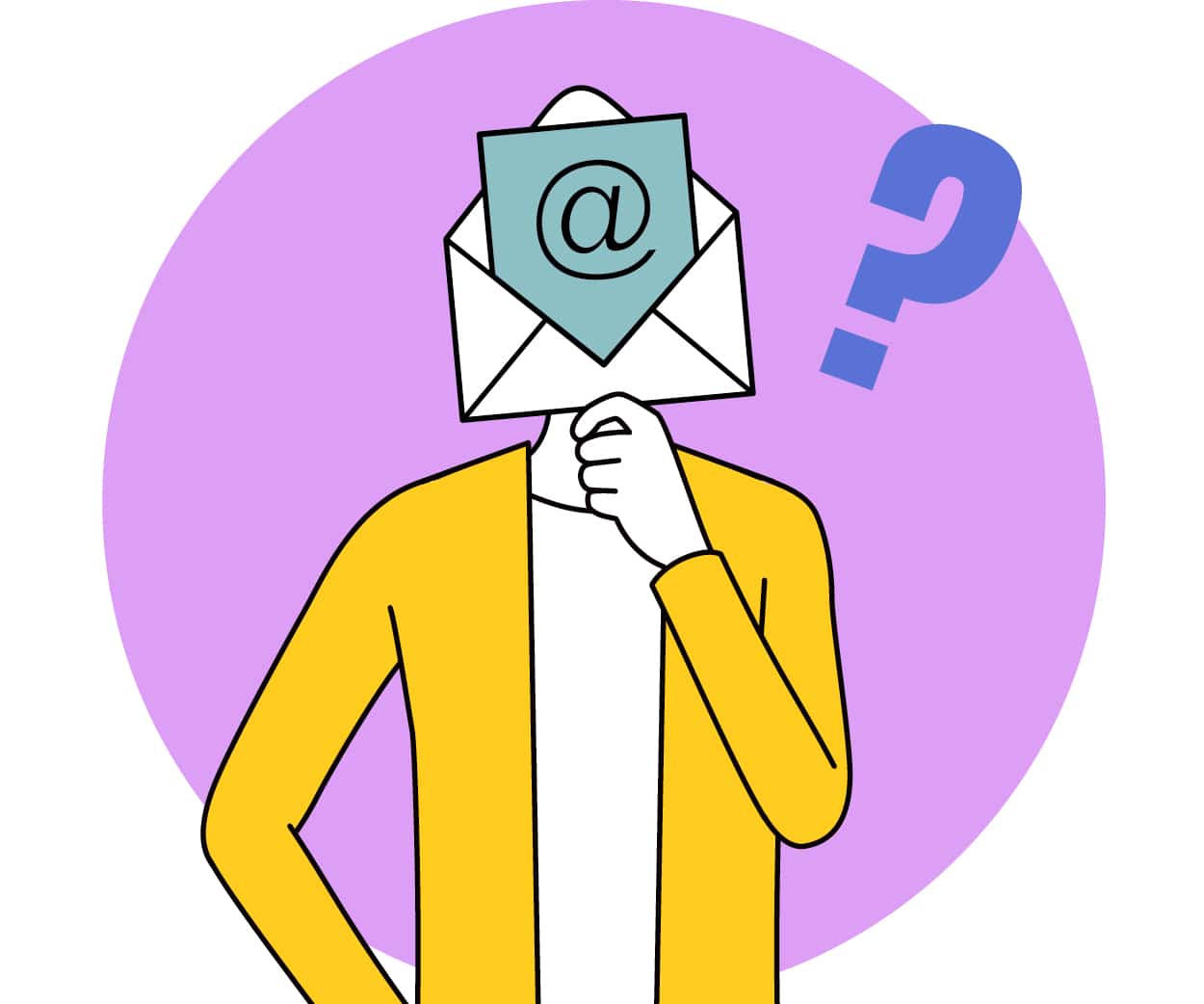
Delivering to an audience you’ve homed in on will make your newsletter more successful. Create content that you actually want to create without worrying about what the masses want. The people who are interested in your content, your ideas, and your products and services that align with these things – these people are your audience, on and offline. So be authentic in your content. Cultivate an engaging newsletter by sticking to topics you’re passionate about – your readers are passionate about these, too. Your authenticity will build trust, and trust builds a community. And an engaged community brings ongoing support and success, beyond the inbox.
How to Lose a Subscriber in 10 Emails
I frequently sign up for new emails that seem interesting and might diversify my knowledge, or from brands I love that I just want to keep up with, beyond an event or a purchase. But I also frequently unsubscribe from newsletters that over-promise and underdeliver. Which can be for a number of reasons:
- They’re all about sales
- The writing is boring or lacking personality
- It’s the same thing every issue
- The delivery cadence is too frequent
- It sounds just like something I’ve already read
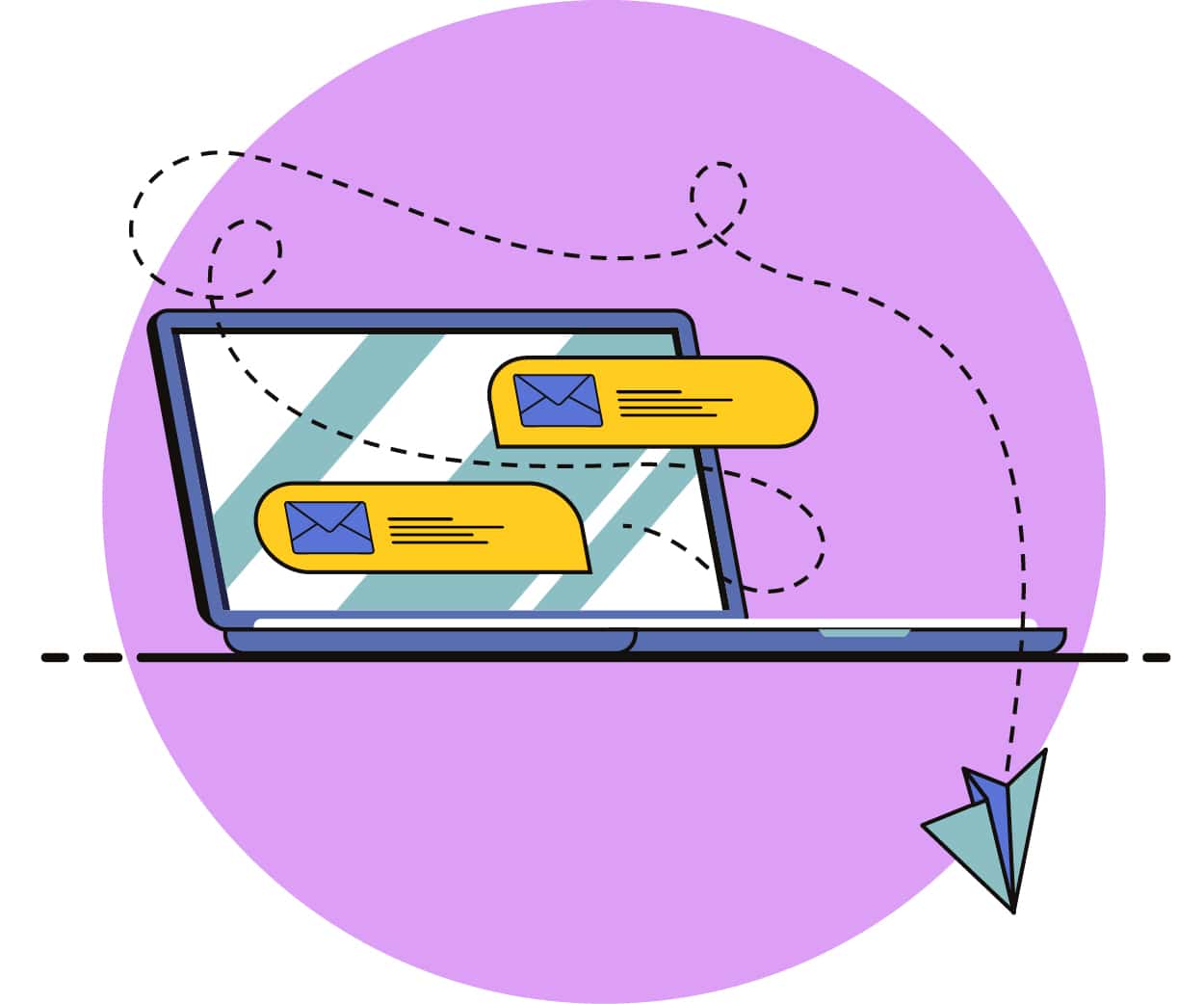
It’s easy to avoid these traps if you have something to say, if you say it in your own way, and if you keep in mind that it’s actual human beings who you are writing for, and truly nobody wants an email about the same upcoming sale or new product every single day (or even every other day). Unsubscribe, delete, report spam, thank you very much.

The Work Is in The Consistency
This is true for all forms of growth, but consistency is indeed key. And it can be hard. Producing new, engaging content is a lot of work, but it’s worth it because your reliability (solid content + predictable delivery cadence) gives your audience a reason to open your email. It keeps them engaged and even anticipating your next issue.
With that in mind, when you start planning your newsletter, make sure to give yourself the time to produce it. Your readers deserve thoughtful content, not a rush job or an afterthought. If your audience is taking the time to open your email, what they find should be valuable. It should make them feel more informed or otherwise enriched for having taken the time to click and scroll through.
An email newsletter can benefit your brand in many ways. Newsletters can help increase your credibility, they can drive traffic to your website and increase sales and leads. They can also help you connect with and understand your audience and build an engaged community, which leads to brand loyalty and ongoing support from the inbox into the real world.
Is it time for you to start an email newsletter for your brand? Well, if you have something to say, then yes.

Alison Quinn
Creativity, strategy and sparkles: our Creative Director's Big 3. Alison is a self-professed word nerd and lover of marketing that makes you go "whoa!"
